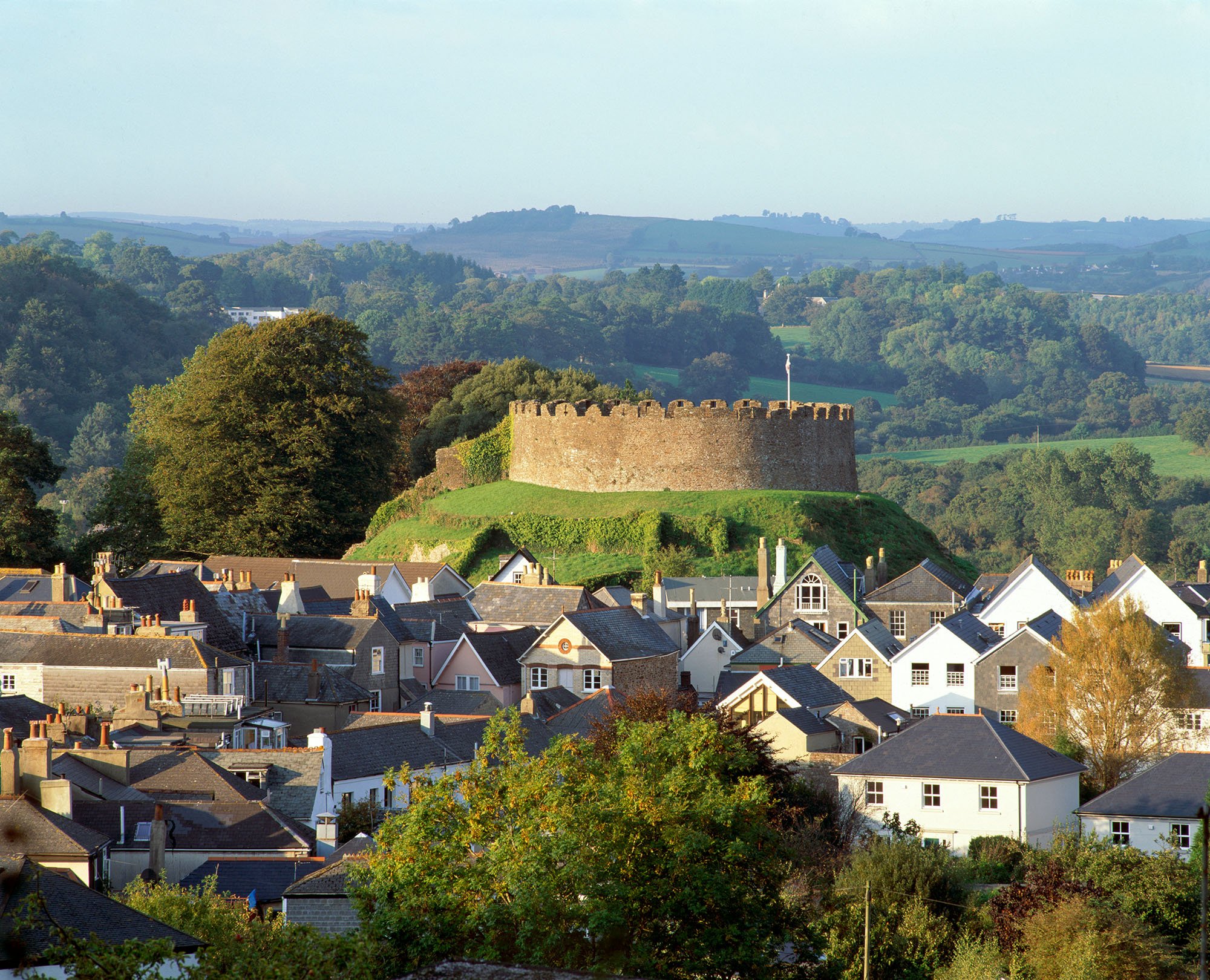Heritage and the Environment
'Heritage and the Environment' collates qualitative and quantitative evidence on how the historic environment contributes to environmental outcomes considering climate change, energy efficiency and carbon emissions.
This section currently focuses on the built historic environment and evidence on climate change mitigation.
Mitigation
Mitigation involves taking action to increase energy efficiency and sustainability. Improving these will reduce the emission of greenhouse gases and heighten our ability to manage additional mean global temperature rise.
Adaptation
Adaptation means anticipating the adverse effects of climate change and taking appropriate action to prevent or minimise the damage they can cause. Early action will build in safeguards that will help to protect heritage around the country.
The existing evidence base on adaptation and mitigation in the built environment is vast and growing but incomplete. Much of the knowledge base relates to the built environment in general and less to the historic environment specifically.
For the historic environment, the literature includes a very rich technical evidence base and guidance, which are outside the scope of Heritage Counts (for advice and guidance, visit technical guidance and information).
Heritage Counts will be expanded over time to include the natural and marine historic environments and emerging evidence on climate change adaptation. The evidence is currently structured within a circular economy framework and begins with a discussion on this topic.
-
Heritage in a Circular Economy
Understanding the role of the built historic environment in a circular economy.
-
Maintenance and Repair
Effective ‘maintenance and repair’ practices can yield significant energy savings. Highlighted in this article is some of the evidence to support this.
-
Monitoring and Measuring the Built Historic Environment’s Pathway to Net Zero
A look at some of the challenges in monitoring, measuring and meeting Net Zero targets.
-
Glossary
Environmental terminology explained.





